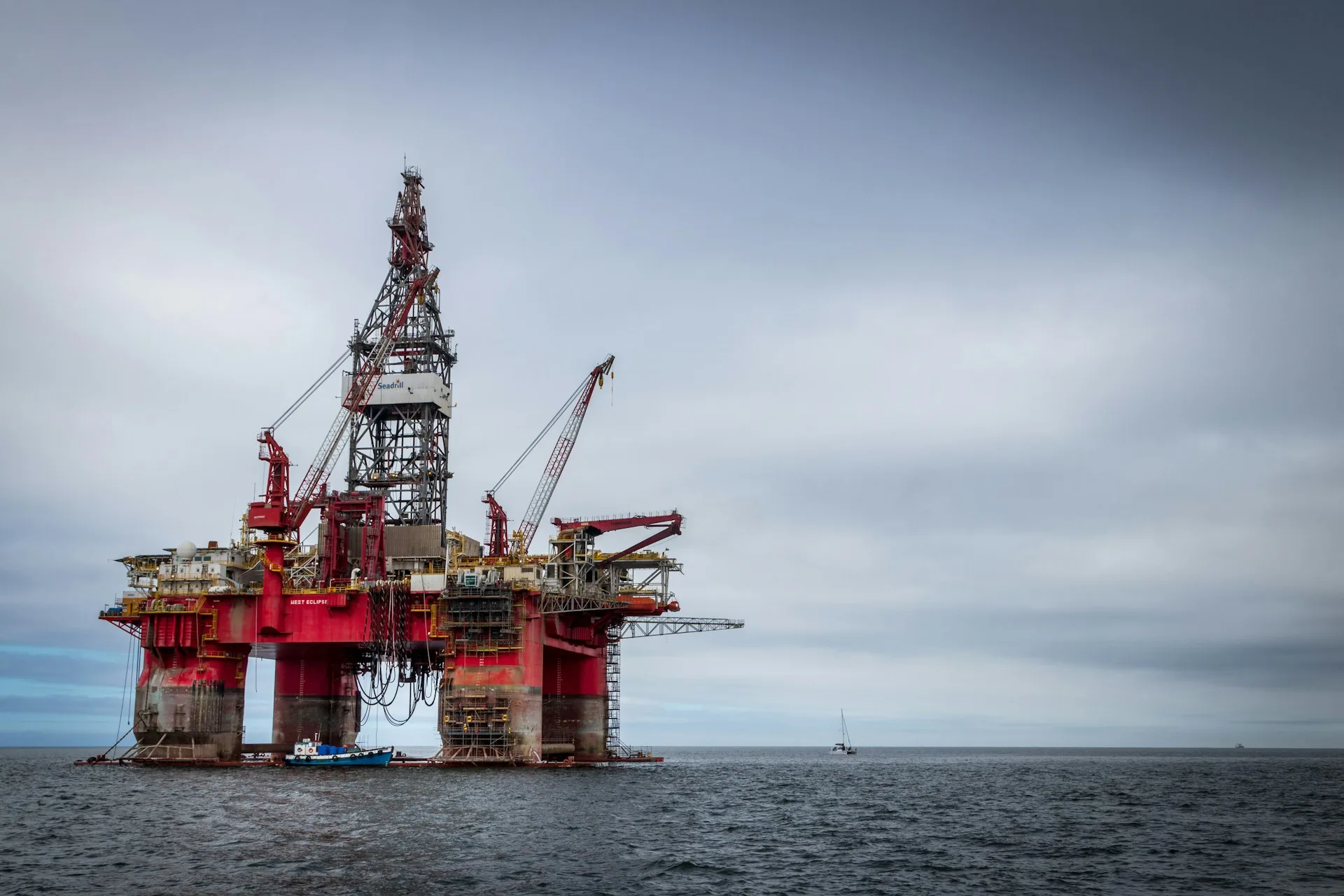
Publications Capturing Value From M&A In Oil And Gas: Five Key Questions Companies And Investors Must Ask
- Publications
Capturing Value From M&A In Oil And Gas: Five Key Questions Companies And Investors Must Ask
- Christopher Kummer

SHARE:
The oil and gas sector is faced with intense pressure on cash flow due to low returns on capital. While there is a reset of the cost base, the industry also needs to renew its resource and production portfolios for long-term sustainability. M&A is an option that addresses some of the challenges facing the sector — providing buyers with the opportunity to upgrade portfolios, propel operational improvements, acquire strategic capability and renew assets for the longer term. We are seeing an increasing sentiment for a surge in oil and gas deal activity in 2016.
KPMG has identified five key questions that companies and investors must ask themselves to have a sustainable deal from the get go. Andrew Thompson, Partner, Head of KPMG’s Deal Advisory Business and Tim Rockell, Director of KPMG’s Global Energy Institute in Asia Pacific, based in Singapore, share their views and insight from South East Asia.
Which macro trends determine the right time to invest in the sector in Asia?
There is a wide range of opinion on oil prices. In a recent KPMG Global Energy Institute poll, the majority expected oil to trade at US$30-50 by the end of 2016. However as the oil price rises, so opportunities from deals will dry up.
Capital expenditure continues to be cut or deferred, unusually, for a second straight year. Supply curtailment from production freezes announced by major oil producing countries and global rig count reduced dramatically from the shale production peak are proving slow to impact prices; likely because of a glut in storage. Fiscal budgets of oil producers are constrained at a time when stock prices of independent producers are startlingly low.
However, macro uncertainty brings doubts on deal timing. This is leading to a natural cautiousness in acquisition policy and decision making – no one wants to catch a falling knife.
What is the current deal environment for upstream vs. downstream?
In upstream, sellers should seek the natural buyer for mature assets. In Asia, upstream asset auctions are dead for now, leaving deal premiums for identifying a strategic fit.
In downstream, buyers are looking for infrastructure and marketing assets. Downstream values are phenomenal, posing a question for boards on whether to take value now or ride the wave of cash-flows.
In Asia, we can expect to see more M&A in 2016, following virtually nothing last year – with national oil companies (NOCs), private sector, and the Japanese trading houses leading the game. There’s some speculation that perhaps Chinese pockets are not as deep as once thought and buyers in China also face significant delays in approval, making them less likely to succeed at auctions.
The downstream sector has been impacted by a lack of investment, leaving room to enhance value on acquired assets. We are seeing a shift in the Private Equity (PE) sector’s view of commodities to a more opportunistic outlook, as value in other sectors is harder to find. It is important though that PE players set themselves reasonable expectations on returns from the sector. Infra assets should be more suited to long-term outlook sought by pension funds.
Which are the big factors that can lead to corporate stress?
International oil companies (IOC), are working hard to achieve the right balance between replacing reserves, ensuring sanctity of dividend, and sustaining their balance sheets. The independent exploration & production companies are stressed by significant refinancing, especially now, when they cannot secure sufficient coverage by hedging production. Producer NOCs on the other hand, are still trying to secure offtake of their crude production.
In China, there is significant portfolio restructuring in the state-owned enterprises (SOE), with the introduction of private sector marketing in order to achieve best-in-class transformation and perhaps, future IPOs. On deals, it will be wise to examine the strategy adopted by Asian NOCs and Chinese SOEs to largely refocus on domestic, rather than regional or global activity.
What is COP21’s impact on transactions?
Major players are increasingly under pressure from investors to come up with strategies to deal with COP21. Right now, there is no one answer that can be applied industrywide. The questions to ask now are: will oil go the same way as coal in 10-15 years, what will be the impact of gas on the fuel mix, and how does the industry’s relationship with customers and consumers change in a post-COP21 world? The energy industry will be asked to play an important role in meeting some of the commitments made by countries in their Intended Nationally Determined Contribution (INDC) submissions to the United Nations Framework Convention on Climate Change (UNFCCC), ahead of COP21 in Paris, December 2015. This may also play out in national agendas into increased local content provisions in contracts.
How are joint ventures (JV) performing?
JVs are particularly prevalent in the industry and across Asia. However, it’s wise to look for the tell-tale signs of stress, with increasing disputes and parties referring back to the JV agreements in discussions.
While cultural issues contribute to a JV’s overall success, strife is more often caused by key players moving on and the original partners undergoing a strategic shift in focus. But as cash calls become more complex, there is need for portfolio JVs with multiple assets and partners to reduce risk. We are seeing a need for companies to review their non-operated joint venture arrangements and ensure that JV agreements remain fit for purpose.
TAGS:


Stay up to date with M&A news!
Subscribe to our newsletter


